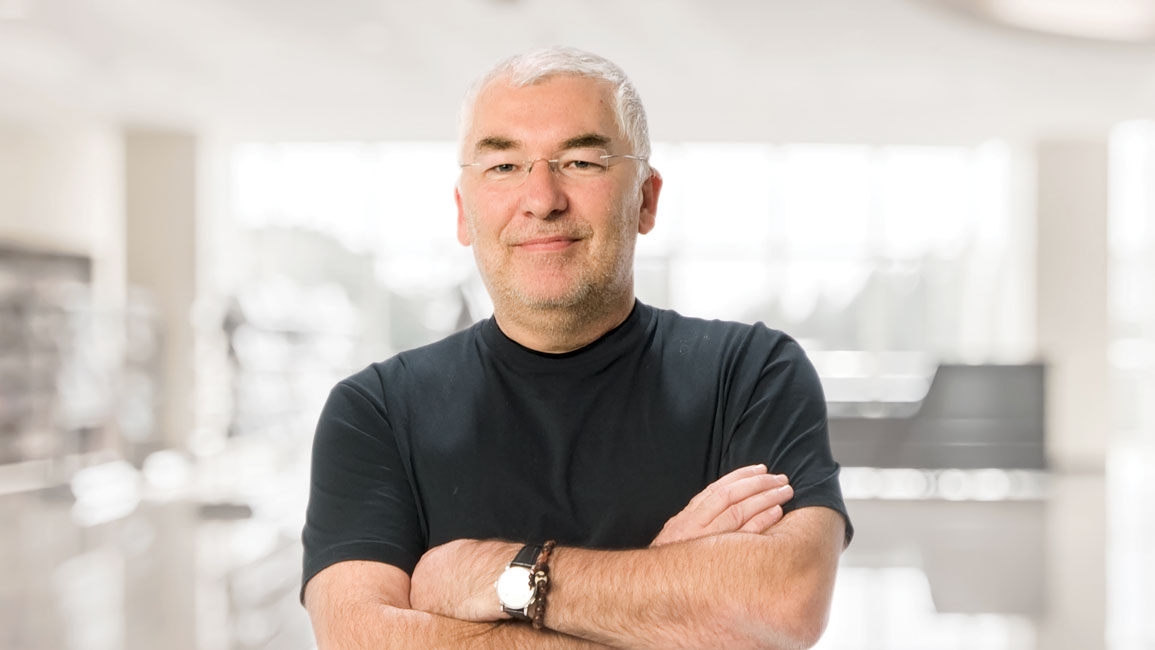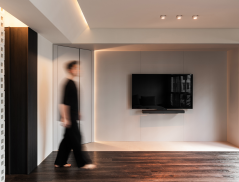
The secret is Experience Design: The ultimate value of architecture is the experience that people have with it. It is what makes architecture wonderful. When you think about designing for human outcomes, the experience that people have when they engage with your client should fundamentally be the most important aspect of your work. There is a narrative that goes into that and it is important to study, understand and apply it.
We worked with Steve Jobs for 12 years when he was running Apple. He didn't talk first about the shape of things or materials. He talked about what it did for people. And then he made the most beautiful objects, with the greatest care in crafting them. But his focus was on the human outcome first, because it's the only way you create design that has meaning.
How the deviation came about: In architecture school in the old days, the discussion was always around the ways of viewing architecture – be it through hand drawings, renderings or three-dimensional models. That meant the form and shape of buildings were at the forefront of the critique. But these were only one small piece of what good design is about.
Experience Design sounds obvious but…: The problem with most architecture today is that ego has gotten in the way of the experience that users have. An architect’s job is fundamentally to serve people. If the forms that they create are about serving their own personal marketing (and becoming starchitects), then it should not be architecture; it should be drawing, painting, sculpture. Architecture has a much more significant role in society, because it is more permanent. It has the opportunity to define and shape culture. It is important that the ego does not supersede the purpose of the design.
We apply what we call the “Experience Master Plan”: This is split into four components aimed at connecting people: environment, behaviour, communications, and products and services. Environment refers to the architecture and interiors. Behaviour represents the customers you engage with. Communications is the different forms that you convey the message. Products and services are the items customers engage with. We try to frame the experience in these four realms, and through that, define what the project should be.
What this means: It is like doing a master plan for a city. We would design the integrated systems – the roads, sewers, buildings etc. – and put them all together. You then end up with a complex system of interconnected elements. Experiences are no different from such a complex system consisting of the environment, behaviour, communications, products and services.
Think of the Apple stores, the people working there, the products and the way they communicate. Those four things help you understand the values that Apple stands for. The better you are able to communicate the things you stand for to other people that you want to connect with, the better the chance you have of creating value.
Our two tools: One is differentiation, the other is emotional connection. By emulating someone, you are creating parity within the industry and starting to make others the leader. Why would you do that? From a strategic standpoint, look at opportunities to stand out with what you are doing, rather than make it just like the other 20 that preceded it. Retail malls are a prime example of lack of differentiation – they all offer the same experience. Retail isn't dead, bad retail is.
Emotional connection is about making people feel something. You should be building relationships that will create multiple opportunities for interaction. Relationships are built on shared values. Communicating them is one of the best ways to start to create emotional connections. For example, we did a project with JR East Water Business in Japan to sell their products vending machines on the train station platforms. One of the things we recognised was when there is an earthquake in Japan, trains stop running and people get stranded on the platforms. In response, we installed a battery pack in them and when there is an earthquake, it invites people to take the drinks. That built emotional connection, which built word of mouth, which created advocacy and brand awareness. We did it through a tactic that was just looking at the human outcome.
Don’t neglect creativity: This unleashes things that have not been seen or heard before. It opens up an enormous world of possibilities, provided you are looking at it through the lens of creating positive human outcome. People love to see interesting new things. Those who can create those things, especially if they add value to people's lives, will have passion, loyalty and all the things you want associated with your company.
Experience Design in Singapore: We are in the middle of a conversation, that doesn't end. We have to progress from looking at things as form gestures, and start to appreciate design as something that contributes to human outcomes. The fact that the conversation is being had in Singapore is already remarkable. I've been involved with the committee on helping to integrate design into the Singapore education system and that has been incredible.
This story first appeared in Issue 113: December/January 2019/20 of d+a.


 Share
Share









